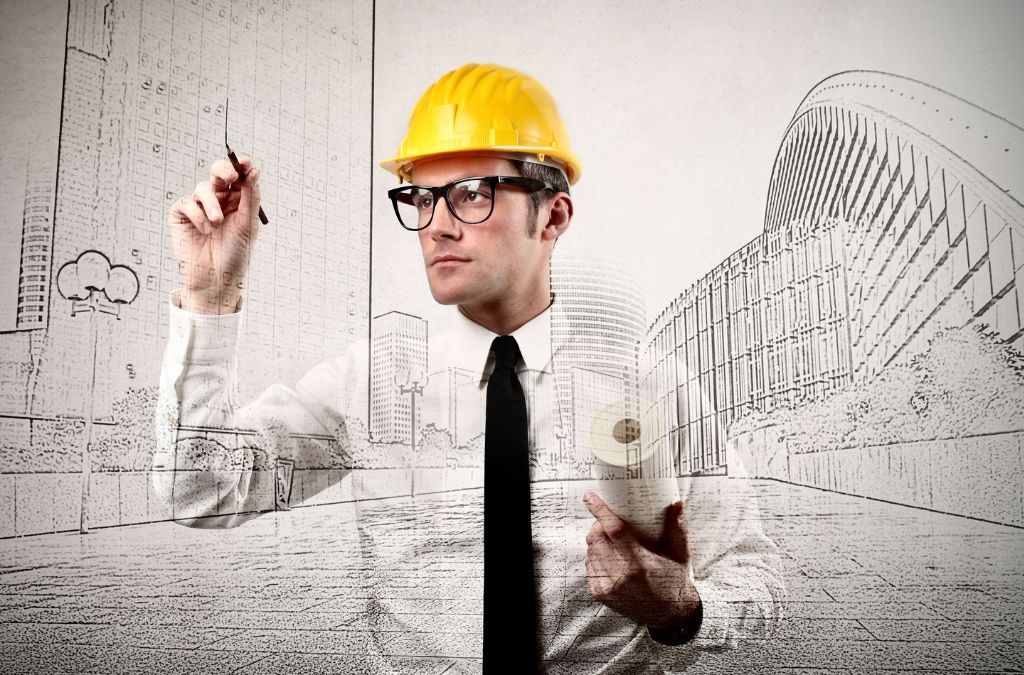-
Table of Contents
- Architectural Wonders: A Showcase of Modern Masterpieces
- The Burj Khalifa: A Pinnacle of Engineering
- The Guggenheim Museum Bilbao: A Fusion of Art and Architecture
- The Sydney Opera House: An Icon of Modern Design
- The Shard: A Vertical City
- The Marina Bay Sands: A Marvel of Modern Engineering
- Conclusion
Architect Wonders: A Showcase of Modern Masterpieces
Modern architecture has redefined the way we perceive and interact with our built environment. From towering skyscrapers to innovative residential designs, contemporary structures push the boundaries of creativity and engineering. This article explores some of the most remarkable modern architectural wonders, highlighting their unique features and the impact they have on their surroundings.
The Burj Khalifa: A Pinnacle of Engineering
Standing at an astonishing 828 meters, the Burj Khalifa in Dubai is the tallest building in the world. Designed by Adrian Smith of Skidmore, Owings & Merrill, this architectural marvel is a symbol of human ingenuity and ambition.
- Construction began in 2004 and was completed in 2010.
- The building features 163 floors, including residential, commercial, and hotel spaces.
- Its design is inspired by the Hymenocallis flower, with a triple-lobed footprint.
- The exterior is clad in reflective glazing, aluminum, and textured stainless steel spandrel panels.
The Burj Khalifa not only serves as a landmark but also as a catalyst for economic growth in Dubai. It attracts millions of tourists annually and has set new standards for skyscraper design and construction.
The Guggenheim Museum Bilbao: A Fusion of Art and Architecture
Designed by Frank Gehry, the Guggenheim Museum in Bilbao, Spain, is a masterpiece of contemporary architecture. Opened in 1997, the museum is renowned for its innovative design and the way it integrates with its urban surroundings.
- The building’s exterior is covered in titanium panels, giving it a shimmering, organic appearance.
- Its curvilinear forms and complex geometry challenge traditional architectural norms.
- The museum has revitalized the city of Bilbao, transforming it into a cultural and tourist hub.
- It houses a vast collection of modern and contemporary art, attracting art enthusiasts from around the world.
The Guggenheim Museum Bilbao exemplifies how architecture can influence urban regeneration and cultural development. Its success has inspired other cities to invest in iconic architectural projects.
The Sydney Opera House: An Icon of Modern Design
The Sydney Opera House, designed by Danish architect Jørn Utzon, is one of the most recognizable buildings in the world. Completed in 1973, it is celebrated for its distinctive sail-like design and its role as a cultural landmark.
- The structure comprises a series of large, precast concrete shells, each forming a roof over the various performance spaces.
- It is situated on Bennelong Point, offering stunning views of Sydney Harbour.
- The building hosts over 1,500 performances annually, ranging from opera and ballet to theater and concerts.
- In 2007, it was designated a UNESCO World Heritage Site.
The Sydney Opera House is a testament to the power of visionary design and its ability to create enduring cultural icons. It continues to be a source of inspiration for architects and designers worldwide.
The Shard: A Vertical City
Located in London, The Shard is a striking example of modern skyscraper design. Designed by Renzo Piano, this 310-meter-tall building was completed in 2012 and has since become an integral part of the city’s skyline.
- The Shard features 95 floors, including offices, restaurants, a hotel, and residential apartments.
- Its glass façade reflects the changing sky, creating a dynamic visual effect.
- The building’s design is inspired by the spires of London’s churches and the masts of ships that once docked on the River Thames.
- The Shard’s observation deck offers panoramic views of London, attracting millions of visitors each year.
The Shard demonstrates how modern architecture can blend functionality with aesthetic appeal, creating spaces that serve multiple purposes while enhancing the urban experience.
The Marina Bay Sands: A Marvel of Modern Engineering
Marina Bay Sands in Singapore is a stunning example of contemporary architecture and engineering. Designed by Moshe Safdie, this integrated resort complex was completed in 2010 and has become a symbol of Singapore’s modernity.
- The complex features three 55-story towers connected by a sky park that offers breathtaking views of the city.
- It includes a hotel, a casino, a shopping mall, a convention center, and a museum.
- The sky park boasts an infinity pool, gardens, and observation decks.
- Marina Bay Sands has significantly boosted Singapore’s tourism industry, attracting millions of visitors annually.
Marina Bay Sands exemplifies how innovative design and engineering can create multifunctional spaces that cater to diverse needs while becoming iconic landmarks.
Conclusion
Modern architecture continues to push the boundaries of what is possible, creating structures that are not only functional but also visually stunning. From the towering heights of the Burj Khalifa to the organic forms of the Guggenheim Museum Bilbao, these architectural wonders showcase the creativity and ingenuity of contemporary designers and engineers. As cities around the world continue to evolve, these masterpieces serve as inspirations for future developments, demonstrating the profound impact that architecture can have on our lives and our environments.
